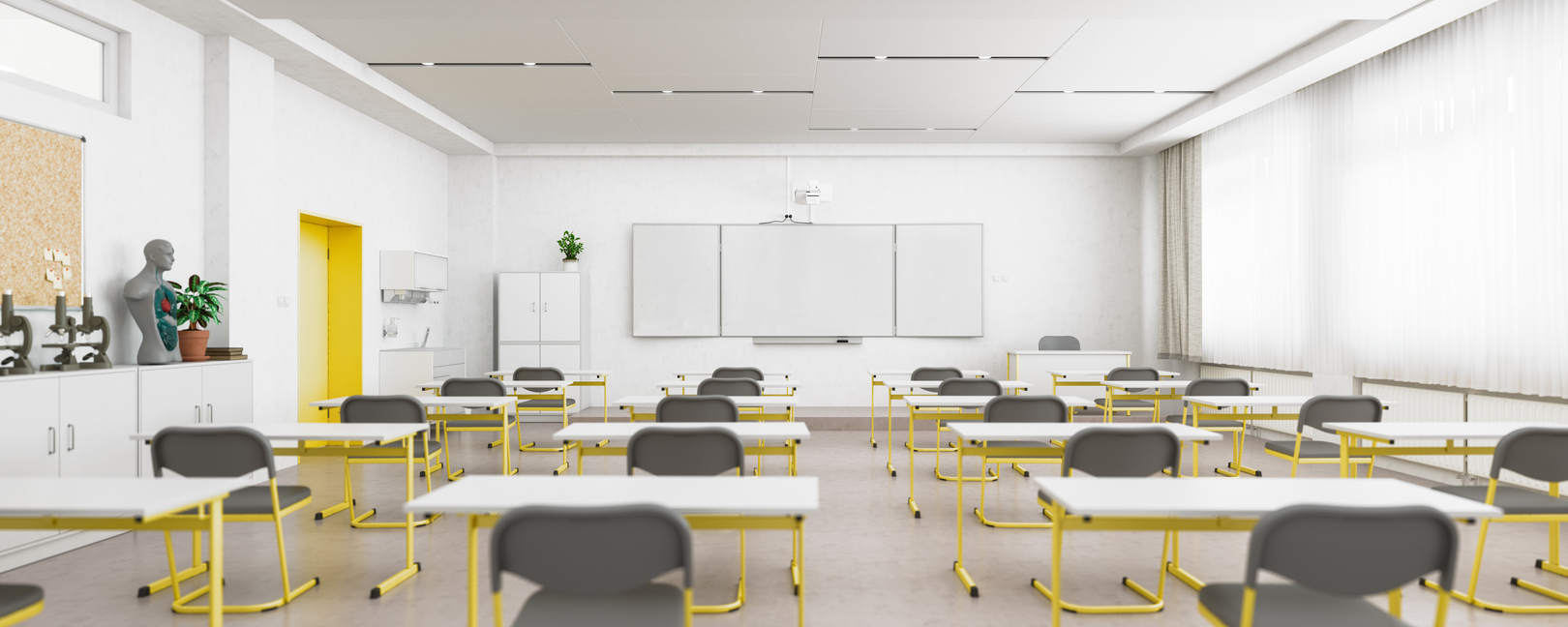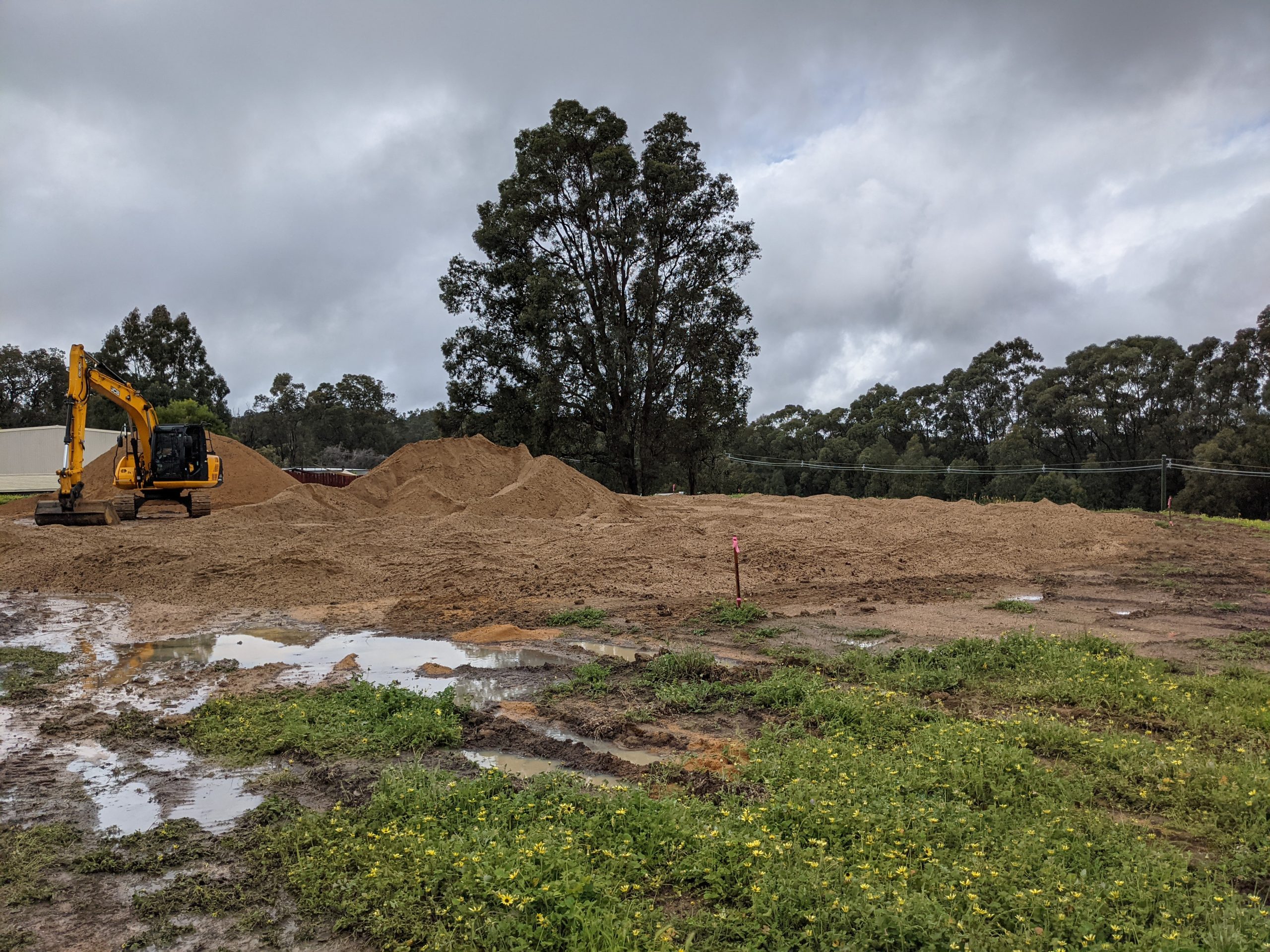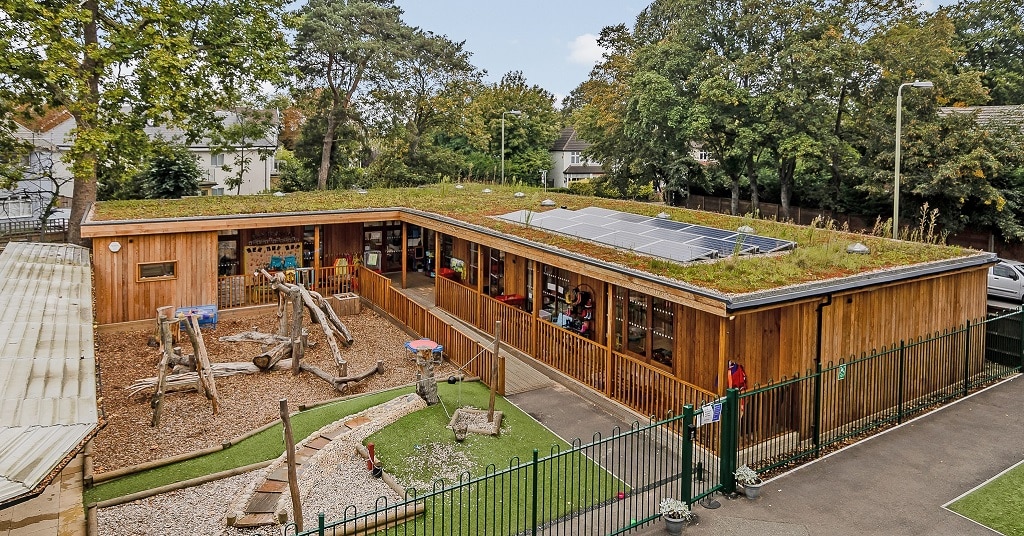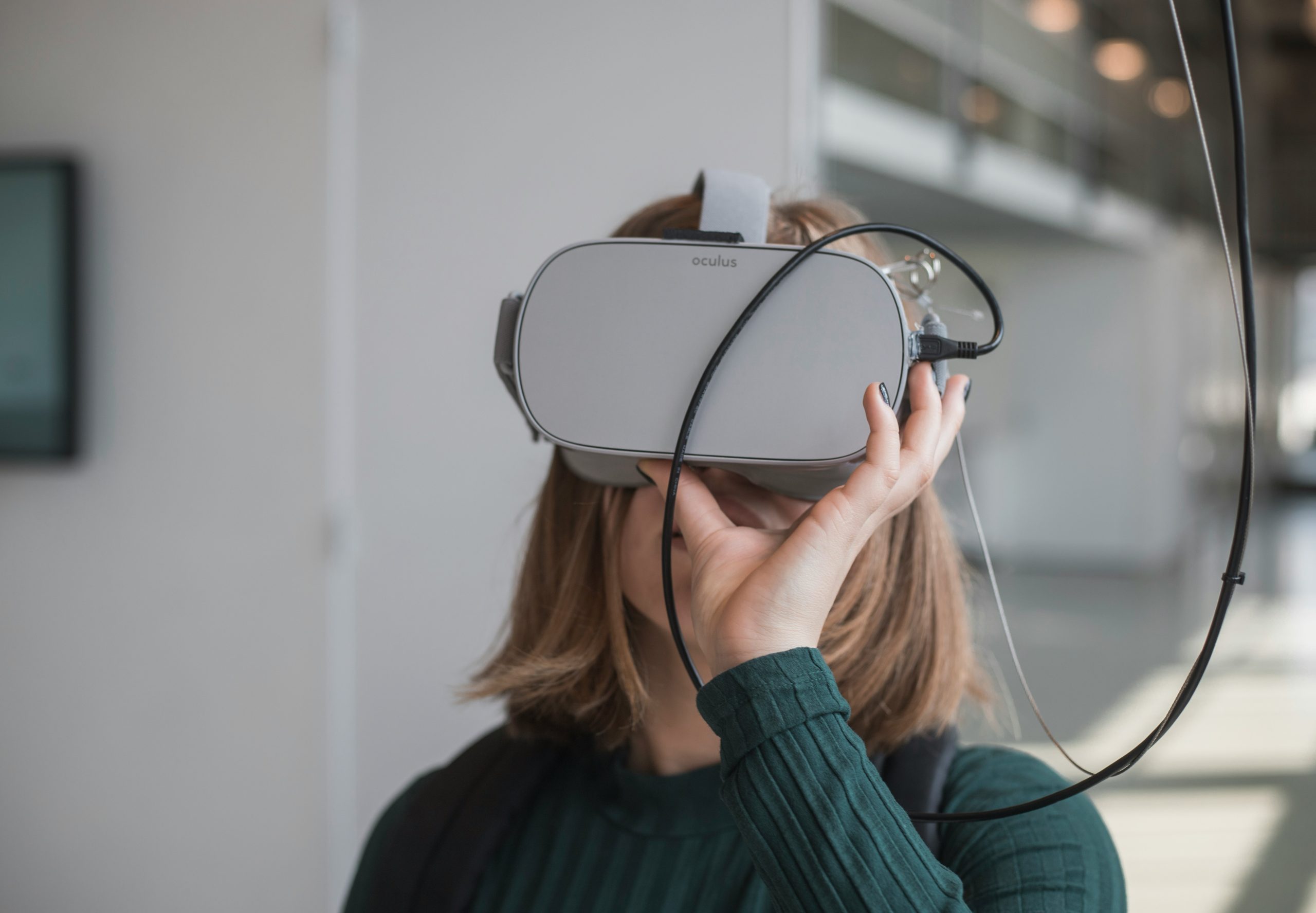In today’s day and age, schools are moving away from traditional rigid classrooms to more dynamic and flexible learning spaces that can accommodate a diversity of learning styles.
The demands on educational institutions continue to grow every year. And with each passing semester, the need for adaptable, sustainable, and student-centered learning environments also increases. Many schools around the country, are moving away from the more traditional rigid classrooms of the past, and are beginning to use the dynamic and flexible learning spaces of the future. Modular classrooms have emerged as a powerful solution to meet the needs of growing school systems around the country, by enhancing student engagement and supporting environmental sustainability with flexible and adaptable modular classrooms.

What is Modular Classroom Design?
A modular classroom refers to the use of a prefabricated detachable unit that can be rearranged and reconfigured into a wide selection of different educational spaces. Modular classrooms are built in sections at a factory, then transported to site for final assembly.. By utilizing modular classrooms, schools can quickly expand their facilities or even create temporary learning spaces with the least amount of disruption possible.
It’s important to remember that modular classrooms are not simply temporary solutions. In fact, they can be designed to meet the long-term needs of any classroom environment, while still offering the durability, functionality, and aesthetic appeal of traditionally constructed classrooms. They are also extremely useful in areas where schools face space constraints due to population growth or temporary enrollment spikes. Because modular classrooms can be customized, expanded, and relocated as needed they are highly adaptable to any school’s needs.
Why Choose Modular Classrooms? Key Benefits and Innovations
There are many advantages to choosing modular classrooms over traditionally constructed facilities. Let’s take a closer look at the many key benefits and innovations associated with modular classroom design.
Speed and Efficiency in Construction
One of the biggest advantages of choosing modular classrooms is the speed of construction. Traditional construction methods may take several years to complete, and every day that the contractors are working on site, they are disrupting the educational experience. Modular classrooms, on the other hand, are built in factories under tight quality control measures and then are delivered to the site for assembly. According to Design in Modular Construction,”modular buildings can reduce construction timelines by up to 50% compared to traditional methods (Lawson et al., 2014).”

Environmental Sustainability and Energy Efficiency
Then there are the environmental concerns that are at the forefront of modern construction technologies. Modular classrooms have emerged as a greener alternative to traditional construction methods. These classrooms use fewer resources in their construction, generate less waste, and consume less energy due to the highly efficient building techniques. Moreover, many modular classrooms now incorporate energy-saving technologies such as LED lighting, advanced HVAC systems, and even solar technology. In a dissertation entitled Innovation and Modular Industries, it is explained that”Modular buildings using energy-efficient materials can cut energy use by up to 30%, according to Sheffer’s dissertation (2011).”
Financial Benefits for Schools and Communities
When it comes to traditional classrooms, the construction and maintenance can be costly, especially in urban areas where space is limited. Modular classrooms are known to reduce costs significantly by allowing the facility to be built in stages, as needed. In some locations, the units can even be rented. This offers an additional level of flexibility for schools that are facing fluctuating enrollments. Moreover, modular construction allows schools to allocate their budget more efficiently, by allowing them to invest more money in educational resources rather than on construction costs.
Innovative Modular Classroom Designs: Shaping the Future of Learning
Modular classrooms are a creative solution that allows for maximum flexibility, which creates a more engaging learning environment. Several design innovations in recent years are pushing the boundaries of what modular classrooms can achieve, and are reshaping the future of learning.
Flexible, Multi-Functional Spaces
One of the biggest challenges that any classroom has had to deal with, is meeting the diverse needs of students with varying learning styles. Modular classrooms are designed to address this challenge by allowing spaces to completely transform according to the specific needs of the lesson or activity. The rooms can be easily divided into smaller breakout spaces for group projects, or even left open to handle large classroom sessions. “A study found that rearrangeable spaces boost student engagement (Kounin, 1970).”
Technology Integration for the Digital Age
When it comes to the digital age, it’s important to remember that modular classrooms are often outfitted with state-of-the-art technology. These innovations include projectors, digital whiteboards, and interactive screens, which helped to transform traditional instruction into a more engaging and hands-on experience. Many of the designs available today, also incorporate Internet of Things technologies, which allow students and teachers to control lighting, temperature, and even the sound environment within the classroom.
Outdoor Learning Spaces

Outdoor learning spaces are the classrooms of the future. As a result, many schools are using modular classrooms that open directly into outdoor spaces. These classrooms are designed to blend the benefits of indoor and outdoor learning in a single environment. And, this allows teachers to incorporate nature into their curriculum. “Research shows outdoor learning enhances mood and academic performance (Swank, J. M., 2024)”, it was found that exposure to outdoor environments during the school day can enhance mood, increase concentration, and boost overall academic performance in students of all ages.
Customized Modular Units for Specialized Learning
It’s also important to remember that we still need to have spaces for specialized learning environments. Modular classrooms are perfect when it comes to creating science labs, art studios, or even music rooms. Custom modules can be created to include specialized equipment and design features that meet and exceed industry standards, making it possible for students to receive a better learning experience. And, this type of adaptability allows schools to expand their program offerings without requiring a full renovation of the school building itself.
Addressing Educational Needs with Modular Classrooms for Schools
As we look towards the future, education will become more tailored to the individual learning needs of each student. And, schools must be equipped to offer both academic rigor as well as support for the various learning challenges that students face daily. Modular classrooms provide the ideal solution for creating nurturing environments that are not only adaptable but are conducive to a more effective educational experience.
Supporting Diverse Learning Styles
In a traditional classroom, students with special needs generally face challenges due to the more rigid learning environments. However, modular classrooms are designed to address these challenges by offering flexible layouts that can be customized for the diverse needs of special needs students. They can include soundproofing, sensory-friendly furnishings, as well as adaptable lighting systems. This results in a more inclusive learning environment.
Accommodating Growing School Populations
And, we cannot forget the importance of staying ahead of the population growth within the school district. There is no question that many schools are now facing overcrowding as a result of population growth. However, most schools simply can’t expand their capacity because of the costs and time associated with traditional construction methods. Modular classrooms, on the other hand, provide schools with the flexibility they need to meet these demands as they arise.
Future Directions in Modular Classroom Design
Modular design has already come a long way in the past few decades. And, the future of modular classroom design is brimming with potential. As technology continues to advance, modular classrooms will become more sophisticated, sustainable, and more readily tailored to the educational needs of every student.
AI and Smart Technology in Classroom Environments
Artificial intelligence has already begun to influence modular classroom design. Many developers offer AI-controlled environments that will automatically adjust temperature, lighting, and acoustics based on the time of day or specific lesson requirements. They use smart sensors and AI-controlled devices to track classroom occupancy to create a better learning environment for all students.
Virtual and Augmented Reality (VR/AR) in Modular Classrooms
We are also starting to see the use of virtual and augmented reality in classrooms. When compared to the more rigid design of traditionally constructed classrooms, modular spaces are perfectly suited to support these types of technologies. With the help of VR headsets and AR projectors, teachers can lead students on virtual field trips, immerse them in historical settings, and even explore 3D models. The adaptable nature of modern module classrooms allows for a seamless integration of these technologies, which creates an engaging and immersive experience for students of all ages.

Modular Classrooms and Green Building Standards
Environmental awareness is a top priority for many students and parents around the country. To meet the demand for greener buildings, many schools have already begun the shift to modular classrooms. Today’s modular classrooms are built with materials that meet or exceed green standards. And, they are designed to include sustainably sourced wood, non-toxic insulation, and recycled steel components. This shift towards sustainable materials not only benefits the environment but also promotes health and well-being within the classroom itself. This contributes to a greener, cleaner future for schools around the nation.
The Potential of Modular Classrooms for Future Education
The rise of modular classrooms has completely reshaped the future of education. They are designed to create flexible, sustainable, and tech-savvy learning environments that meet the evolving needs of students and educators alike. Schools that choose to harness the power of modular classroom design can create spaces that foster engagement, accommodate the diverse learning needs of their students, and adapt to the technological advancements of the future with ease.
References
Lawson, M., Ogden, R., & Goodier, C. (2014). Design in modular construction. CRC Press. https://api.taylorfrancis.com/content/books/mono/download?identifierName=doi&identifierValue=10.1201/b16607&type=googlepdf
Sheffer, D. A. (2011). Innovation and modular industries [Doctoral dissertation, Stanford University]. Stanford Digital Repository. https://stacks.stanford.edu/file/druid:rq526jy0504/Sheffer_Dissertation_Final_08.05.11_V3-augmented.pdf
Kounin, J. S. (1970). Classroom organization and management. Review of Educational Research, 40(4), 499-518. https://www.jstor.org/stable/pdf/1001161.pdf
Swank, J. M. (2024). Taking learning outside. RMLE Online. https://www.tandfonline.com/doi/abs/10.1080/19404476.2024.2309133

